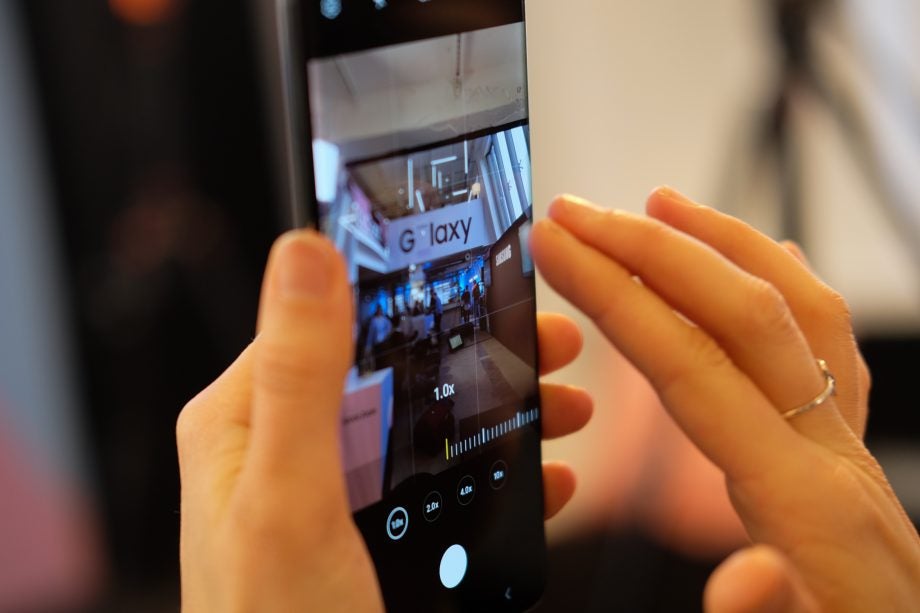Samsung’s new OLED display should reduce the strain on your eyes and phone battery

Samsung has unveiled a new OLED display that’s designed to consume less power and emit less blue light than its previous creations.
The South Korean firm says its new display emits 6.5 percent blue light, a reduction from 7.5%.
The blue light produced by smartphones and other devices has long been blamed for disrupting people’s circadian rhythm – our natural 24 hour body clock – and, therefore, impacting on quality of sleep. Particularly for people who use their phones immediately before going to sleep.
Related: Best smartphone
This type of light essentially tells our bodies to suppress the production of melatonin, a hormone that helps control your sleep patterns, and tricks our brains into thinking it’s daytime pretty much all of the time.
The new display is also said to consume 15% less power than the OLED smartphone displays that Samsung released last year.
5G is still in its infancy, and several of the 5G smartphones we’ve tested so far have suffered from very poor stamina. If Samsung’s new panel technology can take some of the strain off future smartphone battery cells, that could help to improve the overall user experience.
“5G is expanding into a rapidly commercialised ecosystem where consumers can be connected to 8K as well as 4K streaming services, cloud-based gaming content and infotainment networks, increasing mobile device usage everywhere,” said Jee-ho Baek, the vice president of the mobile display strategic marketing team at Samsung Display (via Sam Mobile).
“Our 5G-optimized OLED display is taking the lead in the 5G era with its crystal clear imagery, distinguished designs, economical power consumption and increasingly eye-protective functionality.”
Related: Best Android phones
According to Samsung, its new display has specifically been optimised for 5G smartphones, though it seems this is entirely because of those power consumption claims.
However, we’ve asked the company if we’ve missed anything. This article will be updated with Samsung’s response.


